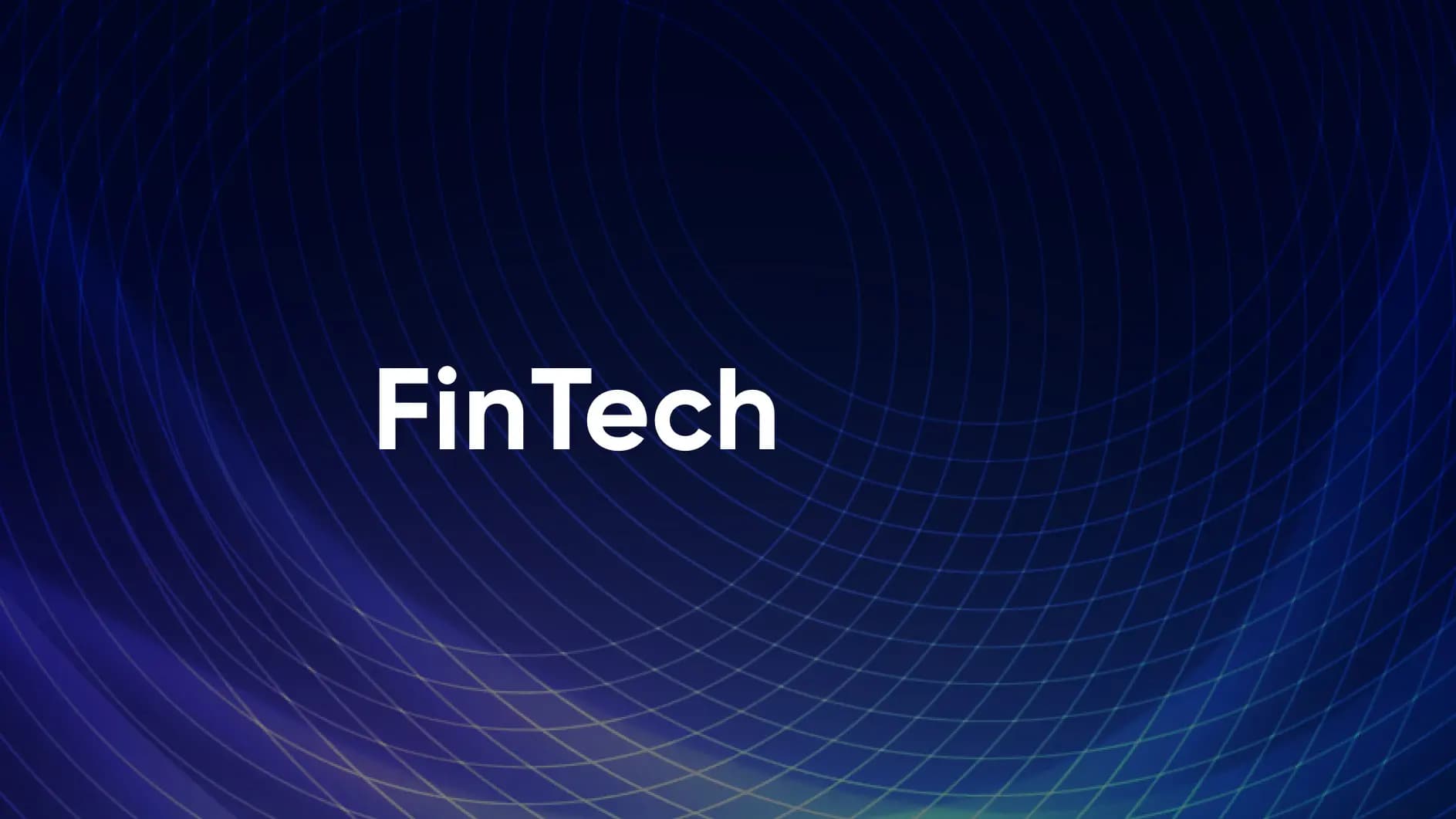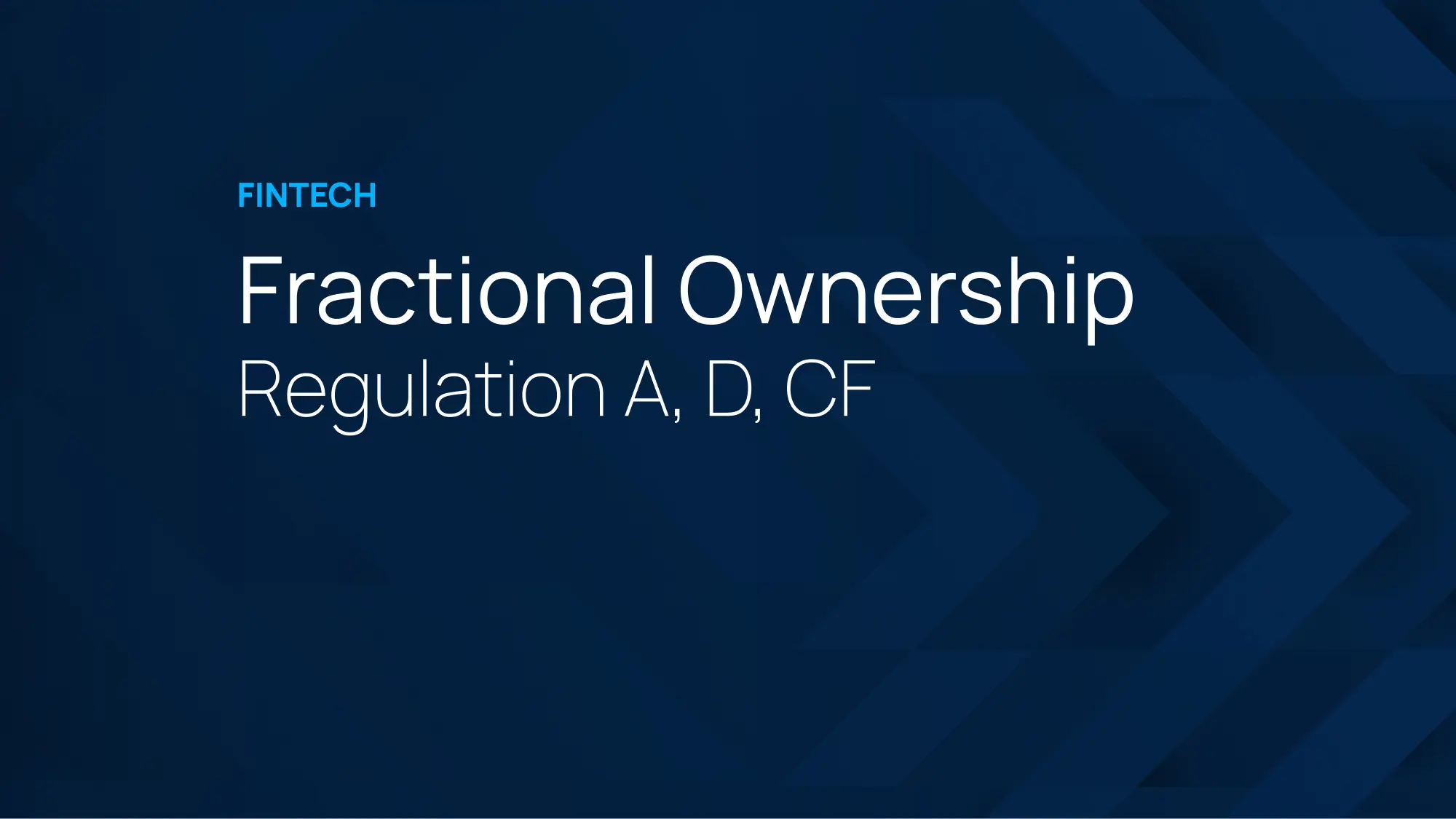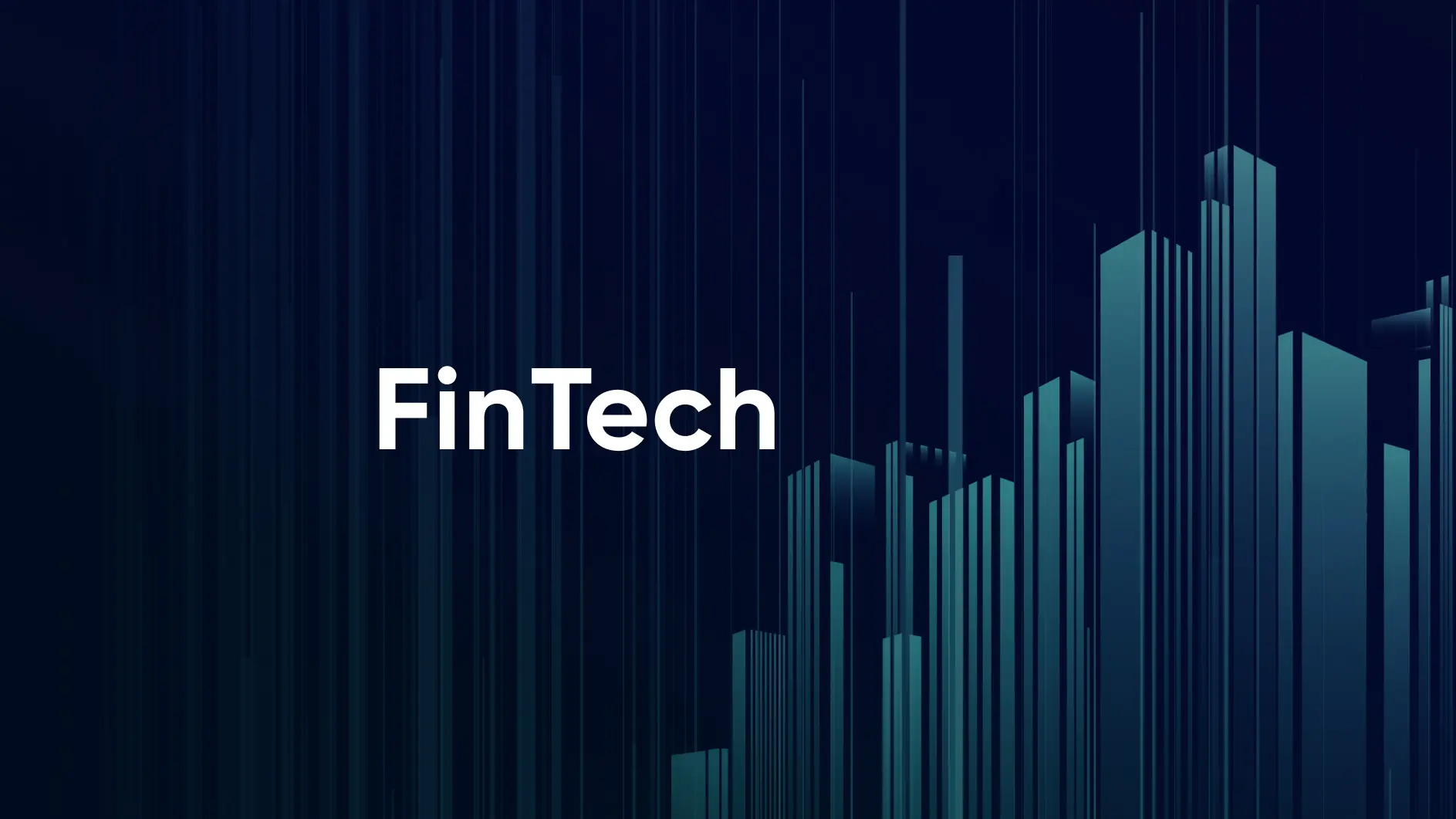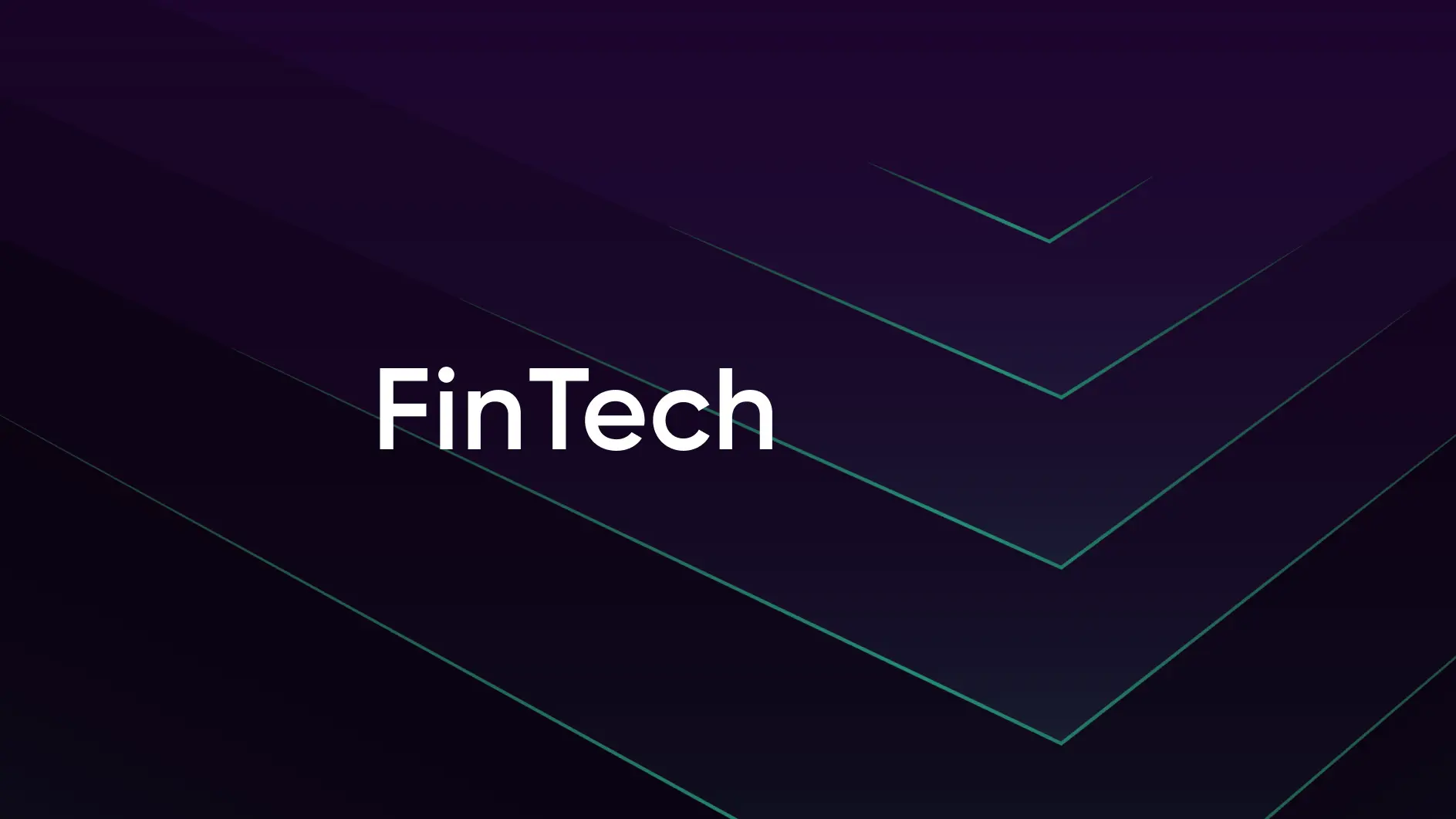
Fintech
How FinTech is Driving Financial Inclusion

Introduction
Financial inclusion is driving economic growth across the globe. It’s no surprise - the more people that have access to financial services, the more the economy grows.
FinTech is one of the main drivers for this, enabling a strong marketplace for new investment opportunities. You may have heard the term “financial inclusion” referring to the “unbanked or “underbanked,” but it can also refer to businesses and individuals who aren’t able to access financial services. Investing is one of these services that has historically been inaccessible to some consumers and would-be investors.
FinTech companies are using technology to address the challenges faced by consumers looking to get involved in the world of finance. These innovative financial products and services are more accessible, affordable, and convenient than traditional financial services, and there are fewer hurdles to overcome. For example, mobile banking apps and digital wallets are making it easier for individuals to access financial services from their smartphones. Likewise, new investment applications give investors a world of new opportunities.
New Investment Opportunities
Investing has gone a lot further than just moving into the online space. FinTech is allowing the process of investing to better meet the needs of investors by unlocking access to opportunities that historically were either too expensive, or entirely inaccessible. Take fractional shares, for example: from apps like RobinHood that allow an investor to buy a small “fraction” of Amazon Stock for just $1, to Fundrise allowing common investors to invest as little as $10 in a portfolio of real estate assets worth millions, this new investing mechanic has led to unprecedented opportunities for asset holders to raise capital, while simultaneously empowering investors to benefit from high appreciation and ROI. For more information on exactly how fractional shares work, you can check out our blog on the topic, but here is the basic idea; fractional shares allow for an asset to be broken up into smaller shares which are more widely accessible to new investors.
Remember the old adage - “Don’t put all your eggs in one basket.” Fractional shares let more people invest, but they also allow investors to diversify their portfolios. With a significantly lowered barrier to entry, investors can now invest in a variety of alternative assets in a safer and more reliable way.
Platforms
This is all being made possible through platforms - the key to making investing so universally available. They are the online marketplaces where investors can buy and sell fractional shares of assets like real estate, fine art, and collectibles. These platforms connect buyers and sellers in a convenient and effective way.
There are a number of advantages for investors. First, they bring assets to investors in just a few clicks allowing them to buy fractional shares of high-value assets like luxury real estate or rare artwork easier than ever before. Add a few more clicks, and investors can diversify their portfolios in ways that were previously impossible. Even without diversification, alternative assets have outperformed the S&P 500, especially during economic downturns, and major asset managers like BlackRock recommend 20% of one’s investment portfolio be allocated to alternatives.”
Platforms also provide a level of transparency that was previously unavailable. Before fractional shares and platforms, investing in high-ROI assets was often done through private deals or limited partnerships. This made it difficult for individual investors to know exactly what they were investing in or how their investment was performing. With platforms, investors can see exactly what they are investing in, how much they are investing, and how their investment is performing.
Information about assets being traded is also much easier and more convenient. Many platforms provide detailed information about the asset offerings, including historical performance data and expert analysis. This can help investors make informed decisions about which assets to invest in.
Conclusion
The combination of financial inclusion and technological development has made investing not only more accessible but more affordable. Investors can download a platform, sign up, and start investing in a wide variety of assets. But they aren’t limited to one asset or asset type. Because of fractional investing, investors can engage with a lower investment across multiple assets if they so choose. All in all, FinTech has great potential for bringing financial services to underserved communities while providing new opportunities and stimulating economic growth.







